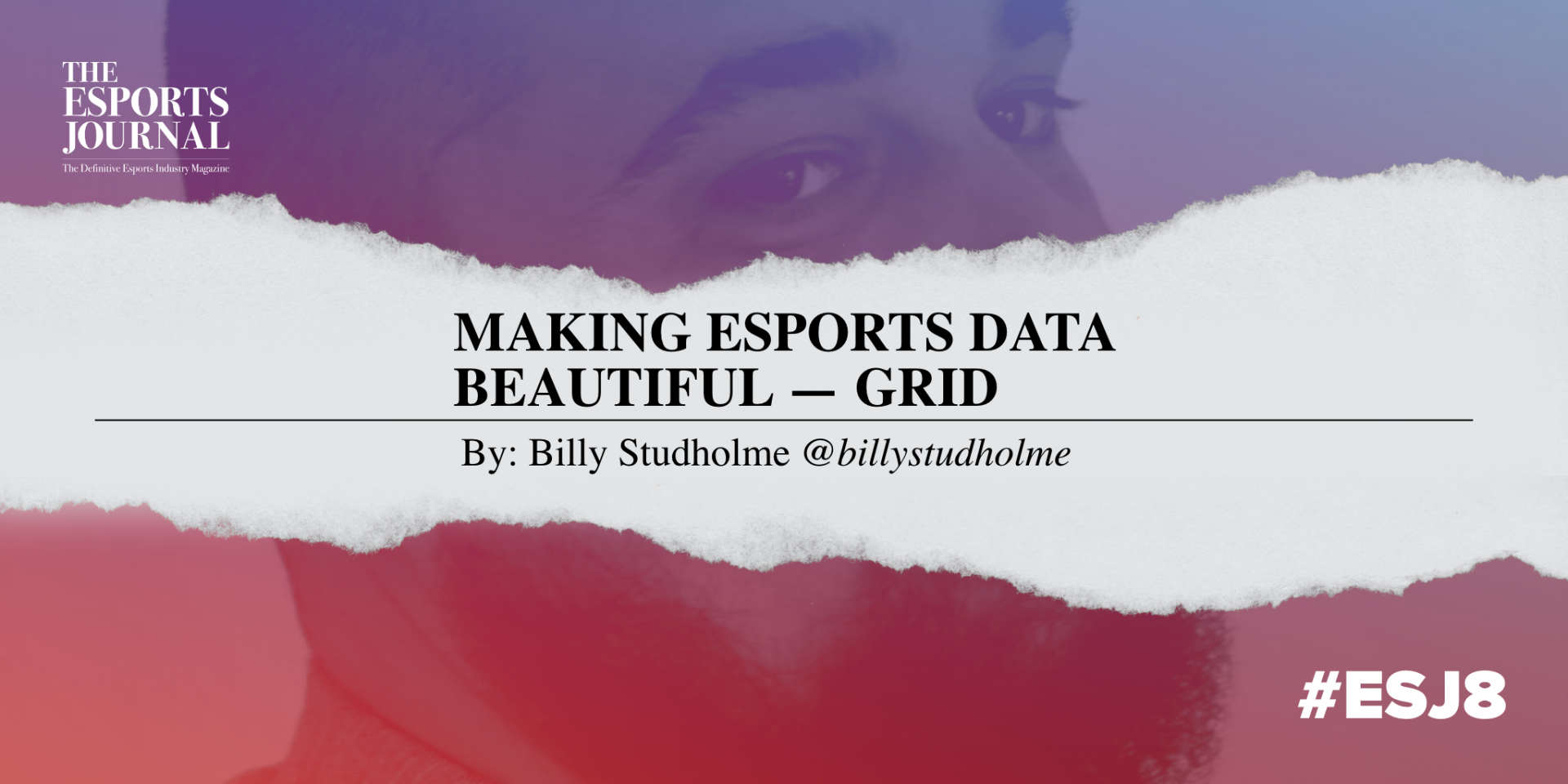
To a data company, ‘esports’ is about as useful a category as ‘European’ or ‘African’ is a nationality. Esports titles share some likenesses — they are all digital, chiefly — but they differ enormously, especially from a data analyst’s perspective. It’s like saying tennis is similar to football because both use a round ball; true in a sense, but it doesn’t tell enough of the story.
RELATED: GRID and WePlay Esports expand partnership for Dota 2 AniMajor
Romet Vinkel, Head of Delivery at esports data company GRID, is a Chelsea FC fan. Given he is Estonian, we might guess he supports a European team. We would be right. But we would know little more than that.
The same goes for esports. A Mortal Kombat fan might say she is an esports fan but care more about sushi-making or knitting than Call of Duty. We often use a broad brush when a fine one is needed.
“When we talk about esports, we’re talking essentially about very different game data,” Vinkel said. “There is CS:GO, Dota, there is, like, FIFA, Hearthstone, and so on and so on. There are completely different genres, and completely different structures and formats. It’s the same as putting all traditional sports under one name. We say football, ice hockey, tennis, and then we mention them as sports.”
How much variation is there between esports titles? As Vinkel explained, a lot. “Dota 2 for example can be really granular, there are hundreds of items and heroes, while CS:GO is way more limited. You have grenades, a certain amount of weapons, it’s a round-based game … So it depends a lot on the title.”
So, then, how should a company like GRID go about gathering in-game data that varies in complexity and type? As Vinkel highlights, it’s important for the size of GRID’s service to fit all — or at least be capable of adjusting to different specs.
“How GRID does this, is we have a really unique, agnostic approach,” he said. “We want to tackle different game titles, but as much in the same way as possible. Is it Dota or CS:GO? Are we talking about a grenade or a specific item? They are still the same thing from a data perspective … All those things we want to approach agnostically, and with that approach we can expand to new game titles way faster than it usually is in traditional sports, or for some other data-providing companies in esports.”
GRID must occasionally integrate brand-new titles with its service. Radko Dimitrov, the company’s Head of Operations, agreed with Vinkel: having a platform that is ready for all challenges is crucial. “Our API [application programming interface] has created a way for us to easily acquire new titles and work with them … It’s relatively easy for us to add new titles.”
[primis_video widget=”5183″]
RELATED: Esports data platform GRID announces $10m funding round
We hear a lot about the value of data. It is no different in esports. Teams use GRID’s data for their own match and player analysis; tournament operators (TOs) use it to visualise events mid-broadcast; sportsbooks rely entirely on said data for odds creation. Good data is the air the sports industry breathes.
[maxbutton id=”18″ ]
To read the rest of this piece, go to The Esports Journal Edition 8, page 24
Supported by GRID
